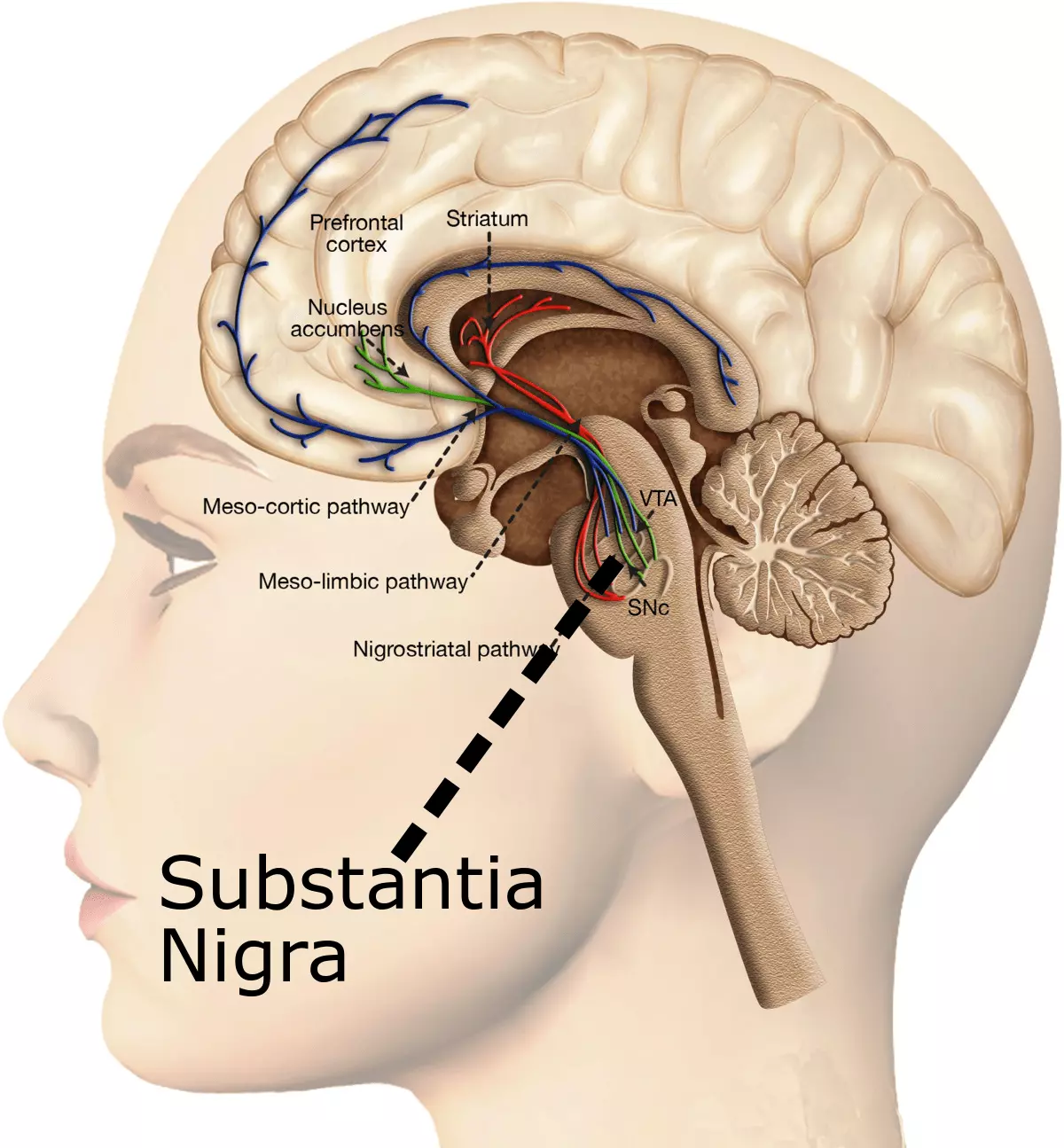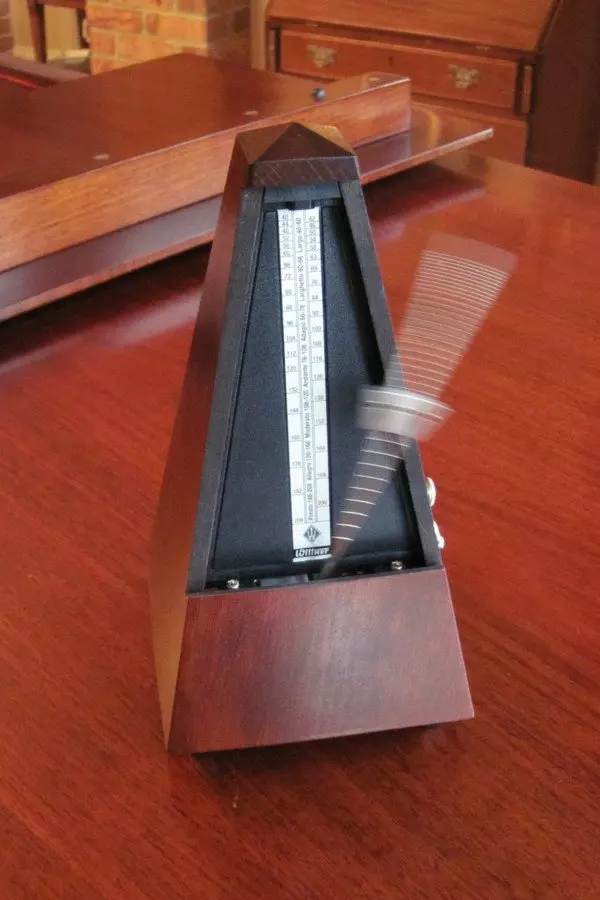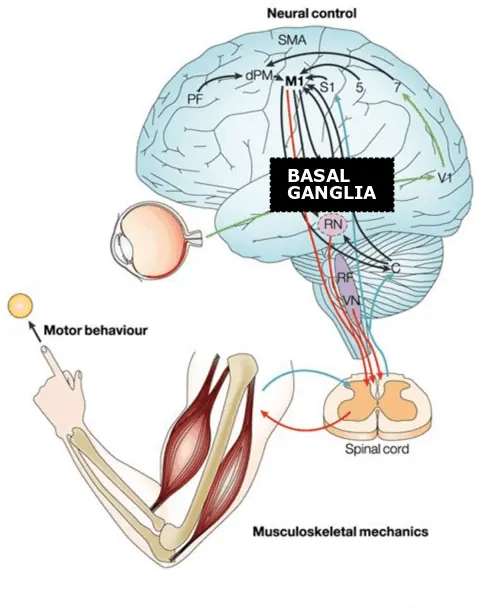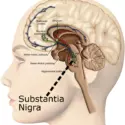
What is the meaning of “Tremor”?
Table of Contents
ToggleTremor is a medical term that means to-and-fro shaking of a body part. We doctors describe it as a pendulum-like shaking, like the pendulum of a clock (or a metronome).

Other abnormal movements are known. For example, sudden jerks of the body or arms are called myoclonus. Other abnormal movements have names such as dystonia, choreo-athetosis, ballismus etc…
But, by far, the most common abnormal movement is Tremor, as described above. When a person says that he/she has shaking of the hands 9 times out of 10, this shaking is a Tremor. In this article, we will be discussing only about Tremor.
Which diseases can cause tremor?
Similar questions:
What are the causes of hand tremor?
-
Why are my hands shaking?
-
Why are my hands trembling?</h3 style=”font-size:18px;”>
-
What are the reasons for hand shivering?
-
Why are the causes of finger shivering?
This by far, is the most important question in this article. There are many diseases that can cause tremor. The two most important diseases or types of tremor are Parkinson’s disease and Essential Tremor. There are other types of tremor, such as dystonic tremor and rubral tremor – but let us not discuss these relatively uncommon causes at this point.
- Essential tremor: Essential tremor is more common. This is an inherited disorder. In contrast to Parkinson’s disease there is shaking of both sides of the body, usually both hands and sometimes the voice. It increases when you try to do something, especially something which requires fine movements like typing, writing or knitting.


So, if you have a long standing shaking of both hands that increases when you have to give a speech or presentation, but then almost completely disappears even with a small peg of whisky – you probably have essential tremor.
- Parkinson’s Disease: This is a complex disease in which many features are seen.
In Parkinson’s disease the tremor is more at rest – and is therefore called a resting tremor. But the tremor can also be seen when you try to do some day-to-day movements – e.g. while bringing a glass of water to your mouth.

One absolutely important thing to remember is that the tremor of Parkinson’s disease initially starts only on one side of the body e.g. in one hand. In the later stages, there might be shaking of the other side as well, but even at that stage the shaking is asymmetric – more on one side than the other.
One thing that really helps to differentiate between Parkinson’s disease and Essential tremor is to look for the other symptoms of Parkinson’s disease. Patients with Parkinson’s disease may also have slowness of movements (such as walking slowly, talking slowly), stiffness of limbs (such as not being able to lift the hand up to the head) and other noticeable things – such as decreased swinging of the affected arm while walking, imbalance etc.
But, what process in the brain causes tremor?
It is not known clearly what causes tremor.
There is a very complex circuitry in our brain that controls our movements. The characteristics of the cells that form these connections, and the connections themselves are still being discovered.

The periodic nature of tremor may be due to two reasons (1) Repetitive, regular firing of the cells that are parts of these circuits (2) Reverberating circuits, going round and round these circuits in closed loops.
Although it is not perfectly understood, we do understand certain critical parts of these circuits, for example:
- We know that deficiency of dopamine in some of these circuits causes Parkinson’s disease. This deficiency is caused by death of cells that produce dopamine, in a structure called the substantia nigra (“the black substance”)

- We know that electrical stimulation of some parts of these circuits (specifically, structures called the “subthalamic nucleus” and “globus pallidus”) can relieve some of the symptoms of Parkinson’s disease. This is called Deep Brain Stimulation (DBS) and you can read more about DBS here.
What medications can be taken for shaking hands?
The medical treatment for controlling the shaking of hands depends on the cause. A wide variety of medications are available to stop uncontrollable shaking of hands.
For example:
- For essential tremor, medications called “beta-blockers” are very helpful.
- For Parkinson’s disease, a medication called “levodopa” is very helpful. Levodopa is converted into dopamine inside the brain. There are many, many other medications available for Parkinson’s disease, and it is very important to use these carefully. Using them in the appropriate doses is an art, and requires continued feedback from the patient.

Other medications such as “benzodiazepines” may control other tremors – such as orthostatic tremors. Tremors associated with dystonia are best managed with botulinum injections etc.
Caution: This information is not a substitute for professional care. Do not change your medications/treatment without your doctor’s permission.
